By Mary Meldrum
THE FORTHCOMING CANNABIS MUSEUM, on John R in Hazel Park is the creation of owner, Curtis Goure, who is also the owner of BDT Smoke Shop next door. Goure came up with the idea about six years ago, long before he really knew if the industry was going to be a viable business.
A long-time participant of the cannabis counter-culture, Goure began working at BDT Smoke Shop as a clerk many years ago.
“BDT started as a hippie head shop that sold roach clips, pipes, black light posters and, things of that nature,” Goure explains. After a few transitions and rubbing up against local, state and especially federal laws, BDTs Smoke Shop – and other head shops –have found more secure footing in a culture that is now less “counter.”
Medical marijuana is legal in Michigan, and legislators are watching states with legal recreational cannabis, like Colorado and California, with an eagle’s eye. A report from BDS Analytics, a cannabis industry research firm, estimates sales of cannabis to hit $3.7 billion by the end of 2018. Projections demonstrate that number will increase to $5.1 billion in 2019 as more dispensaries come online, making the marijuana industry bigger than beer in California. That’s big.
According to some expert projections, legalization of marijuana nationwide – medical as well as recreational – could conservatively create $132 billion in tax revenue and more than 1 million new jobs across the United States in the next decade.
These are not the numbers of a counter-culture. This is big business, and the growth is more like a wild fire. Legislators and regulators are working hard to keep up with the pressing demands the new industry is forcing on them.
AND IN LIGHT OF THE EXPLOSION OF THE CANNABIS INDUSTRY, all of a sudden, a Cannabis Museum is completely relevant and important.
Goure had formed a relationship with celebrity Tommy Chong, and developed a fascination for old hippie 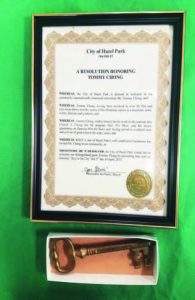 collectibles many years ago. He started collecting tickets, trinkets, memorabilia, old bongs, posters, roach clips and a myriad of other paraphernalia.
collectibles many years ago. He started collecting tickets, trinkets, memorabilia, old bongs, posters, roach clips and a myriad of other paraphernalia.
Goure thought it was important to have a venue, to educate people about the history of cannabis and hemp. He approached City Manager Ed Klobucher and the Director of Planning and Economic Development, Jeff Campbell, who were both open to the idea – a complete change from previous Hazel Park administrations.
Money is a big factor in the operation of a museum. Gaining a working knowledge of how to operate a museum has been a challenge for Goure, who enlisted the help of the U of M Museum Design group. They did some research, and found key people with museum director experience. They began the tedious tasks associated with categorizing, documenting, displaying and curating the collection, etc.
The Cannabis Museum is hoped one day to be a world-class tourist-attraction. It now has over 16 curatorial and research departments, including publications, films and artifacts. There are over 300 items in the museum’s collection, all carefully documented and illustrated to help the public understand all aspects of cannabis and hemp from a social, cultural, medical, legal, technological, historical and current perspective.
Visitors will be able to learn about the biochemistry of cannabis, chromosomes and genome, taxonomy, and its etymology. In addition, the museum examines the ancient and religious uses of cannabis; historical hemp, 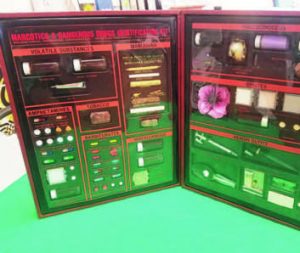 medical and recreational use through to present day.
medical and recreational use through to present day.
The Cannabis Museum was set to open up in 2018, but Goure reveals that it all depends largely on funding and if Michigan votes to allow recreational cannabis.
BECAUSE OF THE RICH HISTORY OF CANNABIS, Goure would like to ensure that a certain part of the museum will be rotating displays.
“There was a lot of propaganda in the 1930s that demonized cannabis and eventually made it illegal; state-issued stamps, movies like “Reefer Madness,” news articles that demonized cannabis and took it out of circulation for accepted medicinal use,” Goure states. “Throughout the 1930s, ‘40s and beyond, news articles show how attitudes have changed. It was a socially-accepted medicinal item in the early 1900s, then persecuted in the 1930s. Right now, general public opinion of medicinal marijuana is polling in the high 70s, percentage-wise. That is a big change in perception.”
Many patients are looking for non-addicting pain and medicinal relief, asking physicians for scripts for cannabis rather than opioids. Doctors used to be against the use of cannabis, and that is changing. Information about the benefits of cannabis has been there for decades, but has been snuffed and squashed by competing interests.
All of this industry news results in an uptick for Curtis Goure, BDT Smoke Shops, and the Cannabis Museum, and demonstrates how Hazel Park’s forward-thinking will pay off in the near future.
 mileage and stuff,” Foster says. “It’s a shame that in Michigan it’s not a necessity to have a motorcycle because of our weather – real short season – and the state considers it a recreational vehicle.” Foster says.
mileage and stuff,” Foster says. “It’s a shame that in Michigan it’s not a necessity to have a motorcycle because of our weather – real short season – and the state considers it a recreational vehicle.” Foster says.
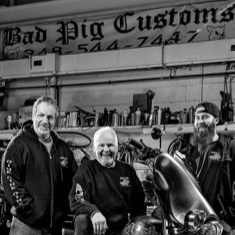

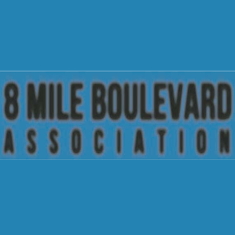
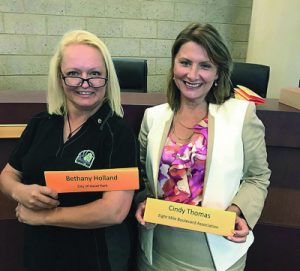 y for the 8MBA could light up the entire 27-mile span. Holland, of course, also serves on the Hazel Park City Council.
y for the 8MBA could light up the entire 27-mile span. Holland, of course, also serves on the Hazel Park City Council.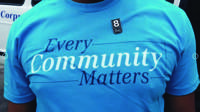 but there are some colorful murals being painted on buildings along the corridor. Holland would like to continue to create those opportunities for local artists.
but there are some colorful murals being painted on buildings along the corridor. Holland would like to continue to create those opportunities for local artists. Mile recently due to the I-696 construction, you may have seen the economy percolating along the boulevard. Vacant buildings are filling up. Signage tells you what city you are in as you travel the corridor, and drivers will notice a ton of new development in the Tri-County area of Eight Mile Road.”
Mile recently due to the I-696 construction, you may have seen the economy percolating along the boulevard. Vacant buildings are filling up. Signage tells you what city you are in as you travel the corridor, and drivers will notice a ton of new development in the Tri-County area of Eight Mile Road.”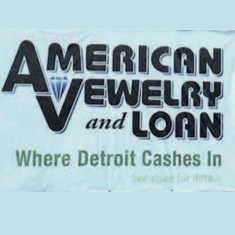
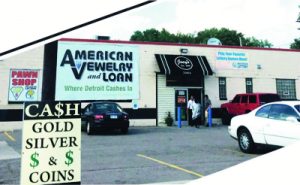 main location in Detroit serves more than 250 customers every hour. AJL has also opened branch locations, launching a Hazel Park shop in June of 2016.
main location in Detroit serves more than 250 customers every hour. AJL has also opened branch locations, launching a Hazel Park shop in June of 2016.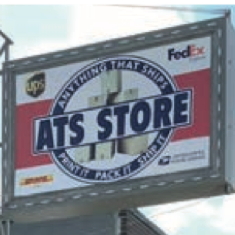
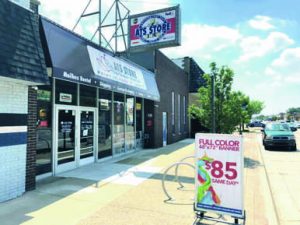 design for over 15 years. His more recent experiences as a sign designer brought him to the attention of Corby, who hired him to enhance the graphics for Corby’s Anything That Ships (ATS) Store. Impressed with Bayer’s work, Corby suggested that combining their know-how would benefit others.
design for over 15 years. His more recent experiences as a sign designer brought him to the attention of Corby, who hired him to enhance the graphics for Corby’s Anything That Ships (ATS) Store. Impressed with Bayer’s work, Corby suggested that combining their know-how would benefit others.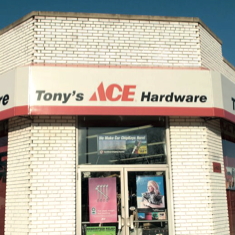
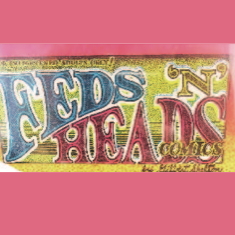
 collectibles many years ago. He started collecting tickets, trinkets, memorabilia, old bongs, posters, roach clips and a myriad of other paraphernalia.
collectibles many years ago. He started collecting tickets, trinkets, memorabilia, old bongs, posters, roach clips and a myriad of other paraphernalia. medical and recreational use through to present day.
medical and recreational use through to present day.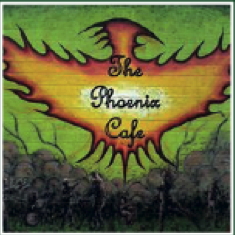
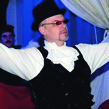 venues at the time, and now there are none in the area,” he says. “Unfortunately, I would guess that only five percent of the population of Hazel Park knew what we were.”
venues at the time, and now there are none in the area,” he says. “Unfortunately, I would guess that only five percent of the population of Hazel Park knew what we were.”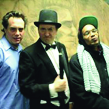 Czapiewski became a major Phoenix associate with the figure drawing classes and art exhibits.” That success continued with local press attention for their festivals, involvement in the Hazel Park Arts Council and planning of the Hazel Park Art Fair, and a variety of themed art exhibits at The Phoenix – including Hallow Art, Steampunk Art Show, See What Stacey Started Art Show and a Nintendo Art Show. Musicians were thriving there too.
Czapiewski became a major Phoenix associate with the figure drawing classes and art exhibits.” That success continued with local press attention for their festivals, involvement in the Hazel Park Arts Council and planning of the Hazel Park Art Fair, and a variety of themed art exhibits at The Phoenix – including Hallow Art, Steampunk Art Show, See What Stacey Started Art Show and a Nintendo Art Show. Musicians were thriving there too.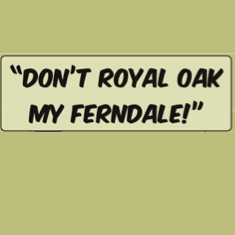
 stories that seem to be about other subjects. If you’re reading the Free Press or People or listening to NPR, whether the topic is Ford buying the historic depot in SW Detroit or the Brady Bunch house selling, the accompanying multiple meanings that its maybe left with none. But it’s a constant topic, a current running throughout news stories that seem to be about other subjects. If you’re reading the Free Press or People or listening to NPR, whether the topic is Ford buying the historic depot in SW Detroit or the Brady Bunch house selling, the accompanying changes in the communities are an automatic and expected part of the story.
stories that seem to be about other subjects. If you’re reading the Free Press or People or listening to NPR, whether the topic is Ford buying the historic depot in SW Detroit or the Brady Bunch house selling, the accompanying multiple meanings that its maybe left with none. But it’s a constant topic, a current running throughout news stories that seem to be about other subjects. If you’re reading the Free Press or People or listening to NPR, whether the topic is Ford buying the historic depot in SW Detroit or the Brady Bunch house selling, the accompanying changes in the communities are an automatic and expected part of the story. individualism. We get that effort in Ferndale. We have people that will provide it. That gumption, that stick-to-it-iveness impresses me. I don’t want chains that take over individual effort. You can get that anywhere. I want a walkable city where people can go to a number of kinds of businesses that are useful to them. We don’t need a zillion bars.”
individualism. We get that effort in Ferndale. We have people that will provide it. That gumption, that stick-to-it-iveness impresses me. I don’t want chains that take over individual effort. You can get that anywhere. I want a walkable city where people can go to a number of kinds of businesses that are useful to them. We don’t need a zillion bars.”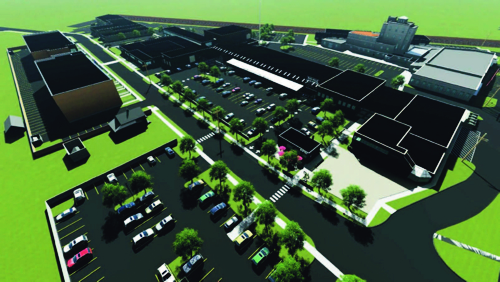
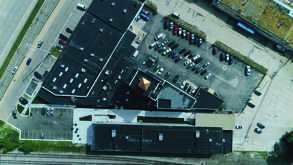 referred to as the Iron Ridge Marketplace. The main marketplace “tower” has some history; originally built as Voigt/Oakman brewery in the late 1930s, it acted as the E-Prize headquarters in the early-mid 2000s before the vacant space was purchased by Iron Ridge Holdings.
referred to as the Iron Ridge Marketplace. The main marketplace “tower” has some history; originally built as Voigt/Oakman brewery in the late 1930s, it acted as the E-Prize headquarters in the early-mid 2000s before the vacant space was purchased by Iron Ridge Holdings.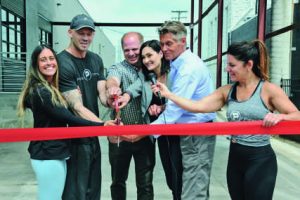 Ridge, and Drifter Coffee hosted pop ups and festivals throughout the spring and summer on the property as they wait for their permanent space to be constructed. Iron Ridge Holdings has held several of their own events too.
Ridge, and Drifter Coffee hosted pop ups and festivals throughout the spring and summer on the property as they wait for their permanent space to be constructed. Iron Ridge Holdings has held several of their own events too.